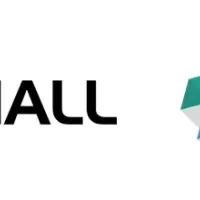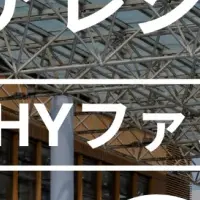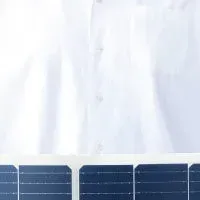
Significant Growth in the GCC Ceramic Tiles Market Driven by Construction Expansion and AI Innovations
Growth of the Ceramic Tiles Market in GCC: 2024-2028
The ceramic tiles market in the Gulf Cooperation Council (GCC) is poised for remarkable growth, with projections indicating an increase of approximately USD 2.43 billion from 2024 to 2028. This growth is anticipated to occur at an impressive compound annual growth rate (CAGR) of 6.8%. Several factors underpin this trend, particularly the expansion of the construction sector across the region.
Factors Driving Market Expansion
The construction industry's boom in countries like Saudi Arabia, the United Arab Emirates, and Qatar is a significant contributor to the rising demand for ceramic tiles. As residential, commercial, and public infrastructure undergo rapid development, the need for durable and aesthetically pleasing floor and wall coverings becomes paramount.
Ceramic tiles are celebrated for their versatility; they are resistant to chemicals and stains, boast high breaking strength, and have excellent water absorption properties. These features make them suitable for various applications in homes, offices, restaurants, and other spaces. Different types of ceramic tiles, including porcelain, are particularly popular for their robustness under high temperatures and exposure to acidic substances.
Notable efforts within the GCC include significant residential projects supported by government initiatives. For instance, Saudi Arabia has announced developments such as the Riyadh Community Project, aiming to build over 30,000 homes, thereby directly influencing the ceramic tile market positively.
E-commerce: A Growing Trend
One of the exciting developments impacting the ceramic tiles market is the shift toward online retailing. With digital consumers on the rise in the GCC region, companies are increasingly leveraging e-commerce platforms to reach consumers. Retailers and manufacturers are now able to showcase a plethora of designs, colors, and applications for ceramic tiles, offering convenient access to information that can enhance purchasing decisions. Platforms like Wall Tile and Mineral Tiles exemplify this trend, allowing consumers to explore their options thoroughly.
Challenges Ahead
While the outlook for the ceramic tiles market in GCC is optimistic, it is not without its challenges. Fluctuating raw material costs, specifically for silica sand, clay, and other essential components, pose a risk to manufacturers. Additionally, ongoing energy costs related to production can further strain profitability. Therefore, ensuring a stable supply of these materials at affordable rates is crucial for industry players.
Moreover, European regulations impacting ceramic tile properties and performance standards necessitate constant compliance and adaptation by manufacturers in the region. The demand for sustainable products, including tiles made from recycled materials, adds another layer of complexity as companies strive to meet both customer expectations and regulatory standards.
Conclusion
Overall, the ceramic tiles market in the GCC is at a pivotal moment. With the construction sector expanding vigorously, bolstered by governmental projects and a growing interest in e-commerce, the market holds tremendous potential. However, addressing the supply chain challenges and regulatory requirements will be essential for companies looking to capitalize on this growth. As the integration of AI continues to redefine market dynamics, stakeholders are encouraged to explore evolving trends and adapt accordingly. To stay ahead in this evolving landscape, accessing comprehensive market reports and insights will be decisive for future success.
Topics Consumer Products & Retail)










【About Using Articles】
You can freely use the title and article content by linking to the page where the article is posted.
※ Images cannot be used.
【About Links】
Links are free to use.